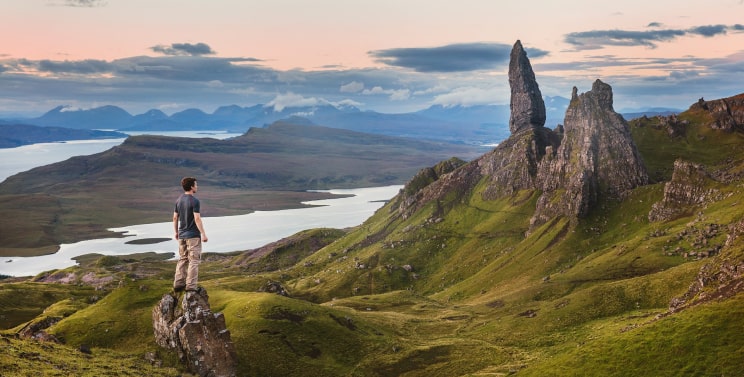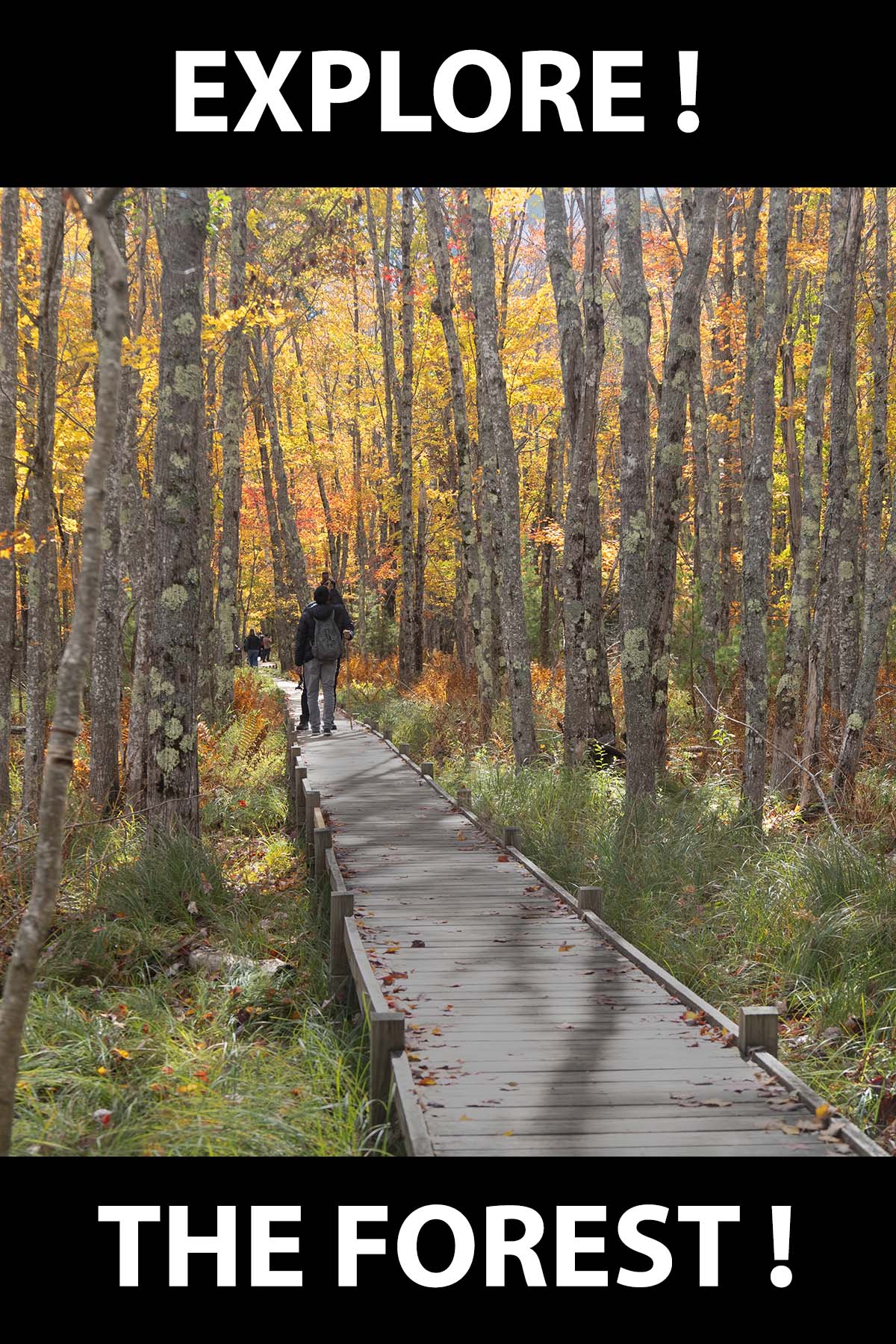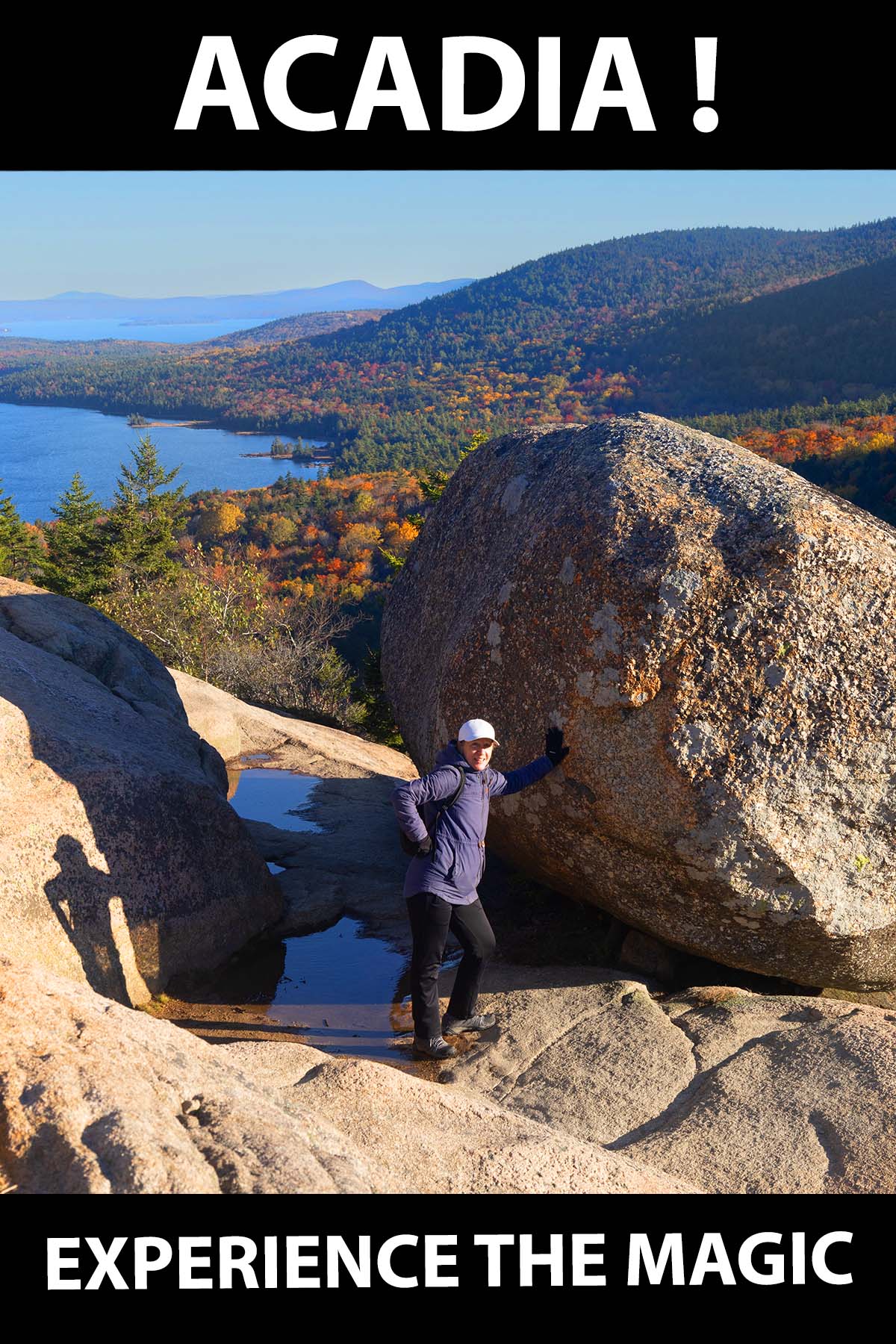HOW TO POSTS: LIGHTING AND COMPOSITION
Landscape Photography: Focusing on The Beauty of Natural
Environments, Such as Mountain Ranges, Forests, and Beaches.
Guest Post by Marien Cartel
Publisher updated December 2025
Landscape photography is a type of photography that focuses on capturing the beauty of natural
environments, such as mountain ranges, forests, and beaches. Landscape photographers aim
to capture the majesty and grandeur of these natural settings, as well as the small, subtle
details that often go overlooked.
See Bruce Lovelace's landscape photos when he was a beginner.
Importance of capturing the beauty of natural environments
The importance of landscape photography lies in its ability to document and preserve the beauty
of the natural world. Through the lens of a camera, landscape photographers can capture the
essence of a place and share it with others, allowing people to appreciate and connect with the
natural world in a way that might not be possible otherwise.
In an increasingly urbanized world, it is more important than ever to document and celebrate the
beauty of the natural world. Landscape photography can serve as a reminder of the importance
of preserving and protecting the natural environment for future generations.
Techniques for landscape photography
There are several techniques that landscape photographers can use to create compelling and
visually striking images.
Composition
Composition is an important aspect of landscape photography, as it determines the placement
and balance of elements within the frame. Landscape photographers often use techniques such
as the rule of thirds, leading lines, and framing to create dynamic and visually appealing
compositions.
PUBLISHER'S NOTE: Next to lighting, your compositional techniques are vital with landscape photography. For a deeper understanding you may be interested in theses related posts. The Rule of Thirds. How To Use Framing in Your Composition. Beginners Guide To Composition.
Lighting
Lighting is another important factor in landscape photography, as it can greatly impact the mood
and atmosphere of an image. Landscape photographers often pay attention to the direction and
quality of light, as well as the time of day, in order to create the desired effect.
Depth of Field
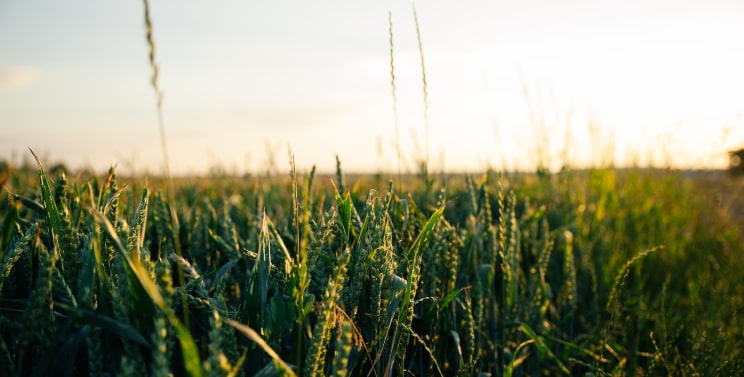 Control the depth of field
Control the depth of fieldDepth of field is another technique that landscape photographers can use to create visual
interest in an image. By using a shallow depth of field, landscape photographers can draw
attention to a specific part of the scene, while using a deep depth of field allows them to keep
more of the scene in focus.
Use of Leading Lines
Leading lines are visual elements that draw the viewer's eye into the image and guide their gaze
through the frame. Landscape photographers can use leading lines to create a sense of depth
and movement in their images.
By utilizing these techniques, landscape photographers can create striking and memorable
images that showcase the beauty of the natural world.
Popular Landscape Photography Subjects
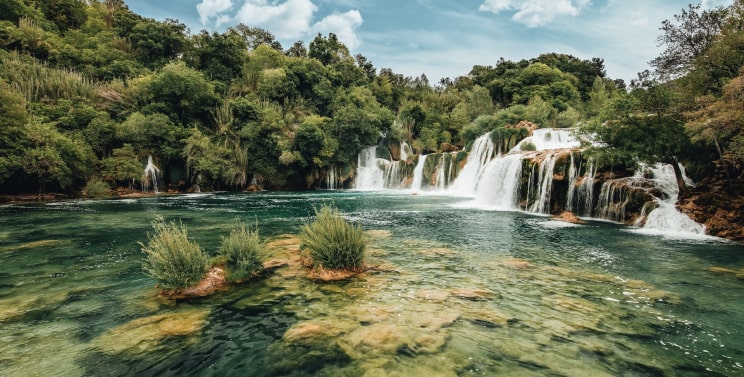 Location. Location. Location.
Location. Location. Location.There are many subjects that are popular in landscape photography, including:
- Mountain ranges: Mountain ranges offer a majestic and awe-inspiring subject for landscape photographers. From snow-capped peaks to rolling hills, mountain ranges offer a variety of compositions and lighting conditions for photographers to explore.
- Forests: Forests provide a rich and diverse subject for landscape photography, with a wide range of trees, plants, and animals to capture. From tall, stately trees to dense, tangled undergrowth, forests offer endless possibilities for landscape photographers.
- Beaches: Beaches offer a beautiful and varied subject for landscape photographers, with their wide expanse of sand, crashing waves, and stunning sunsets.
- Deserts: Deserts offer a unique and dramatic subject for landscape photographers, with their vast, barren landscapes and rugged terrain.
- Waterfalls: Waterfalls offer a stunning and dynamic subject for landscape photographers, with their cascading water and misty spray.
- National parks: National parks offer a wealth of opportunities for landscape photographers, with their diverse array of natural environments and protected wildlife. From the lush forests of the Pacific Northwest to the rugged desert landscapes of the Southwest, national parks offer a wide range of subjects for photographers to explore.
Equipment For Landscape Photography
There is a wide range of equipment that landscape photographers can use to capture stunning
and memorable images.
Camera And Lens Options
One of the most important pieces of equipment for landscape photography is a camera.
Landscape photographers typically use a digital single lens reflex (DSLR) camera or a
mirrorless camera, as these types of cameras offer a wide range of manual controls and high
image quality.
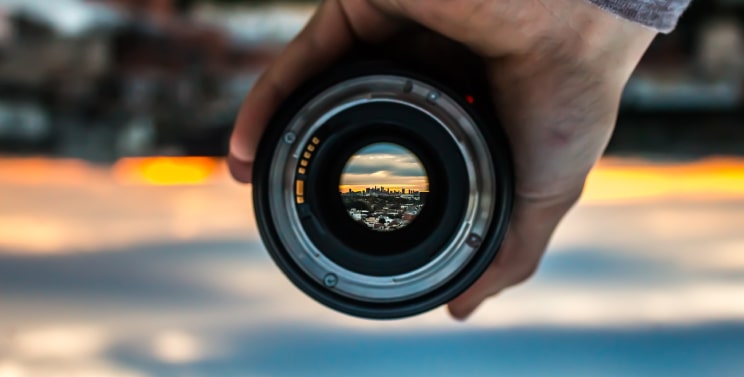 Most beginners start with a wide angle zoom lens.
Most beginners start with a wide angle zoom lens.In terms of lenses, landscape photographers often use wide-angle lenses, as these lenses allow them to capture a wide field of view and include more of the scene in the frame. Other popular lens options for landscape photography include telephoto lenses, which allow photographers to capture distant subjects with greater detail, and prime lenses, these types of camera lenses offer a fixed focal length and can produce sharp, high-quality images.
Tripods And Other Accessories
In addition to a camera and lens, landscape photographers often use a tripod to keep the
camera steady and to allow for longer exposures. Other useful accessories for landscape
photography include filters, such as polarizing filters and graduated neutral density filters, and a
remote shutter release to minimize camera shake.
By using the right equipment, landscape photographers can capture high-quality and visually
striking images of the natural world.
Post-Processing Landscape Photographs
Post-processing refers to the process of editing and enhancing digital photographs after they
have been taken. There are many techniques that landscape photographers can use to post-
process their images to create the desired look and feel.
Adjusting Exposure And Color
One common technique in post-processing landscape photographs is adjusting the exposure
and color. This can involve adjusting the overall brightness of the image, as well as the levels of
shadow, midtone, and highlight detail. Landscape photographers may also adjust the white
balance of an image to ensure that colors are accurately represented.
Enhancing Contrast And Texture
Another technique in post-processing landscape photographs is enhancing contrast and texture.
This can involve adjusting the levels of contrast to make the image more dramatic, or using
techniques such as sharpening or noise reduction to enhance the detail and clarity of the image.
Cloning And Removing Distractions
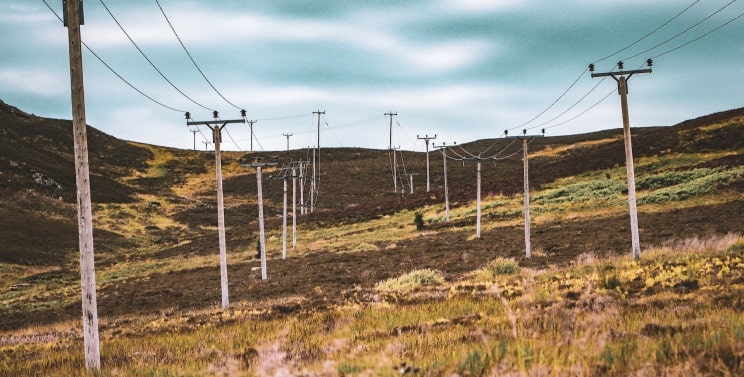 Most photos will benefit from editing
Most photos will benefit from editingAnother common technique in post-processing landscape photographs is cloning and removing
distractions. This can involve using tools such as the clone stamp or the healing brush to
remove unwanted elements from the image, such as power lines or litter.
By post-processing their landscape photographs, photographers can create images that
accurately represent their vision and showcase the beauty of the natural world.
Tips For Successful Landscape Photography
There are several tips that can help landscape photographers capture successful and
memorable images.
Planning And Scouting Locations
One important tip is to plan and scout locations in advance. This can involve researching the
best times of day to visit a location, as well as considering the weather and lighting conditions.
Landscape photographers may also benefit from visiting a location at different times of year in
order to capture the changing seasons.
Patience And Persistence
There are several tips that can help landscape photographers capture successful and
memorable images.
One important tip is to plan and scout locations in advance. This can involve researching the
best times of day to visit a location, as well as considering the weather and lighting conditions.
Landscape photographers may also benefit from visiting a location at different times of year in
order to capture the changing seasons.
Another important tip for landscape photography is patience and persistence. Landscape
photography often involves waiting for the right conditions to present themselves, such as the
right light or weather. Landscape photographers should be prepared to spend a lot of time
waiting for the perfect shot and be willing to return to a location multiple times in order to capture
the image they envision.
Capturing Different Seasons And Times of Day
Capturing different seasons and times of day is another key to successful landscape
photography. Each season and time of day offers its own unique lighting and atmospheric
conditions, and landscape photographers can use these conditions to create a wide range of
moods and atmospheres in their images.
By following these tips, landscape photographers can increase their chances of capturing
successful and memorable images of the natural world.
Conclusion
In conclusion, landscape photography is a way to appreciate and preserve the natural beauty of
the world. By capturing stunning and evocative images of the natural environment, landscape photographers can share the beauty of the world with others and remind us of the importance of protecting and preserving the natural world.
Landscape photography is also a form of personal and artistic expression. Through the lens of a
camera, landscape photographers can share their unique perspective and vision with the world,
and create images that are deeply personal and meaningful.
Whether they are capturing grand, sweeping vistas or small, subtle details, landscape
photographers are always striving to capture the beauty and majesty of the natural world.
Through their images, they help us to see the world in a new and different way, and to
appreciate the wonder and splendor of the natural world around us. So, landscape photography
plays a vital role in our lives.
FAQ
What is landscape photography?
What is landscape photography?
Landscape photography is a type of photography that focuses on the beauty of natural
environments, such as mountain ranges, forests, and beaches. It often includes a wide,
panoramic view of the scene as well as close-up details of the landscape.
What equipment do I need for landscape?
What equipment do I need for landscape?
A digital camera with manual controls, such as aperture and shutter speed, is essential for
landscape photography. A tripod is also useful for keeping the camera steady and allowing
longer exposures. A wide-angle lens is often preferred for capturing a wide view of the
landscape, but a telephoto lens can be useful for isolating specific elements of the scene.
How do I edit landscape photos?
How do I edit landscape photos?
There are many software options available for editing landscape photos, including Adobe
Lightroom and Photoshop. Basic edits, such as adjusting exposure and color, can be made in
any photo editing software. For more advanced techniques, like blending multiple exposures to
make a high dynamic range (HDR) image, you may need special software or plugins.
How do I showcase my landscape photos?
How do I showcase my landscape photos?
There are many ways to showcase your landscape photos, including printing and framing them
for display, creating a photo book, or sharing them online through a portfolio website or social
media. You can also enter your photos in photography contests or exhibitions to get your work
seen by a wider audience.
What is the best time of day to take landscape photos
What is the best time of day to take landscape photos
The best time of day for landscape photography depends on the look you are trying to achieve.
The "golden hour," the hour just after sunrise or just before sunset, is often considered the most
beautiful time for landscape photography due to the warm, soft light that it produces.
The "blue hour," just after sunset or just before sunrise, can also produce stunning photos with its cool,
blue tones. However, other times of day can also produce beautiful photos, depending on the
lighting and weather conditions.
How do I focus when taking landscape photos?
How do I focus when taking landscape photos?
Manual focusing is often preferred for landscape photography to ensure that the desired
elements of the scene are in sharp focus. If your camera has a live view function, you can use it
to zoom in on the scene and fine-tune the focus.
Alternatively, you can use a technique called
"hyperfocal distance" focusing to maximize the depth of field in your photo. This involves
focusing the lens at a point halfway between the camera and the infinity point, which will keep
everything from half the hyperfocal distance to infinity in focus.
How do I choose the right lens for landscape photography?
How do I choose the right lens for landscape photography?
The right lens for landscape photography depends on the look you are trying to achieve. Wide-angle lenses, which have a shorter focal length, are often preferred for landscape photography because they allow you to capture a wide view of the scene. However, telephoto lenses, which have a longer focal length, can be useful for isolating specific elements of the scene or compressing the perspective. Prime lenses, which have a fixed focal length, are usually sharper and less distorted than zoom lenses, but they may not be as versatile.


ABOUT BRUCE LOVELACE
Bruce is the publisher of this website. He is the author of the book "Improve Your Photography Instantly." Read more on Bruce on his Bio Page. He's been known as The Traveling Photographer ever since 1994. Read more about this website.
View some of Bruce's photos on Instagram. Visit the Facebook Page. Watch him on YouTube. Bruce runs photo workshops for kids and adults, and provides one-on-one photography coaching.
Digital Photography Education Location on Google My Business
